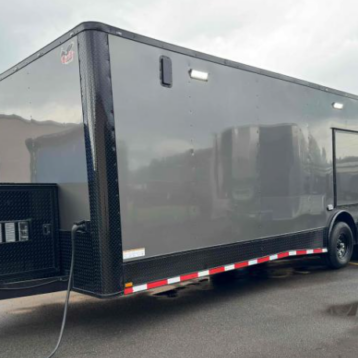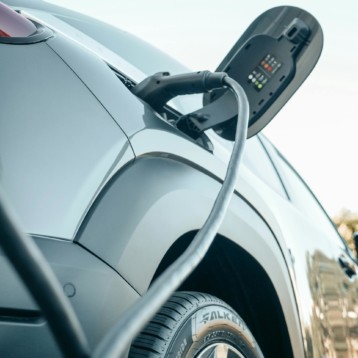|
Cheng Luo, an associate professor in mechanical and aerospace engineering at the University of Texas, PhD student Hao Li, and post doctoral fellow Xinchuan Liu are currently testing whether toy boats can be propelled by a drop of oil placed on the back of the boats. When the oil slides off into the water, it creates a lower surface tension behind the boat than in the front, which pushes the boat forward. This surface tension based propulsion is called the Marangoni Effect.
The researchers at the University of Texas have shown that the surface tension based propulsion method can offer good mobility with the microboats reaching top speeds of up to 30 cm per second. Testing showed that the boats were able to reach higher speeds in a shallow water pool than in a deeper testing pool. Additionally, the boats could travel 91.4 cm in 5.33 seconds with options for higher speeds in shallower waters. In their study, a 19.5 mg microboat was built out of two layers of SU-8 polymers. SU-8 polymers have a slightly greater density than that of water, so surface tension plays an important role in keeping the microboat afloat. Researchers also tested isopropyl alcohol (IPA) instead of oil, as it has a smaller surface tension than water and may also cause less contamination than oil.
|
Luo hopes that in the long run, the successful development of these microboats could form a foundation for developing microsubmarines, and further exploring implantable microsubmarines, which would be capable of traveling in blood vessels for active drug delivery, disease diagnosis, and treatment.
TFOT recently covered the Flying Fish – a robotic seaplane designed by a group of researchers from the University of Michigan, the XSR48 speedboat which is described as a supercar on water, and the transparent canoe-kayak made of an ultra strong transparent polymer hull which offers its user a glimpse of the ocean below.
More information on the microboat can be found on the IOP Science website.












